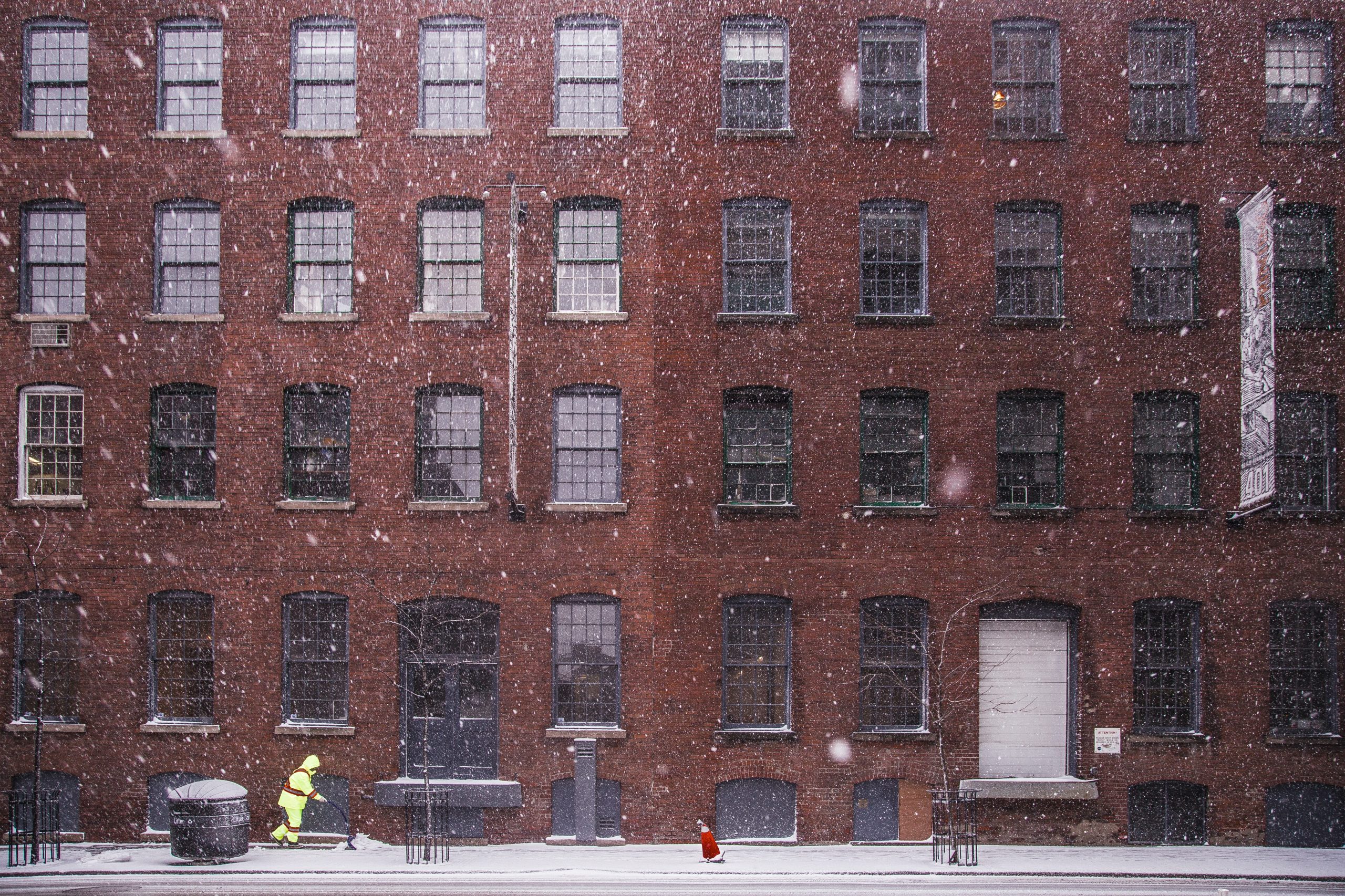
Enquiry into City of Toronto Winter Respite Services, 2017-18 Winter Season
The Issue
Demand for shelter services in Toronto has been increasing since at least 2012, in both cold and warm weather. As part of its response to meet this increase in demand, the City introduced “24-Hour Cold Weather Drop-Ins” during the 2014-15 winter season, operating only during Extreme Cold Weather Alerts.
Last winter, in response to media reports that the City was providing inadequate space for Torontonians facing homelessness in the winter months, Ombudsman Toronto conducted an Enquiry into Cold Weather Drop-In Services.
Our Enquiry
On January 2, 2018, we announced that we would be looking into the City’s Winter Respite services for people experiencing homelessness. Our Enquiry focused on two of the City’s communications about Winter Respite services and the conditions at the Winter Respite sites.
In conducting our Enquiry, we interviewed City staff and community agency staff working at the respite sites, members of the public, including those who use the respite sites, and frontline workers who support individuals experiencing homelessness. We also reviewed extensive documentation, consulted with other municipalities, and visited several Winter Respite sites.
What We Found
Our Enquiry found several fairness issues with the City’s communication regarding Winter Respite sites and the service itself at these sites. This includes that:
- The City shared inconsistent, incorrect, and confusing information about Winter Respite sites with the public, making it hard for them to understand what services are available to those who are experiencing homelessness.
- Services offered at Winter Respite sites varied, depending on location, building type, and community agency responsible. This variation is understandable, as Winter Respite services for 2017-18 expanded quickly, in response to demand.
- The City has not yet established minimum standards for Winter Respites. The absence of carefully considered, appropriate minimum standards raises reasonable concerns about the health, safety, and comfort of people using Winter Respite sites, as well as the health and safety of staff.
- Only three of the eight Winter Respite sites were accessible for people with mobility challenges. This is unacceptable.
- Winter Respite site locations were not always close to transit and local amenities. People experiencing homelessness do not only need a warm place to sleep. They need to be connected to their communities and be able to reach the services they need.
Our Recommendations
Given the urgency of the situation this winter, the Ombudsman made nine recommendations while the Enquiry was still underway. As a result, SSHA agreed to immediately take several important steps, which it did. Those included that it:
- Update 311’s information
- Publicly report detailed site occupancy numbers daily and improve the information it shares with City staff
- Implement regular, ongoing temperature checks at all Winter Respite sites
- Establish an ongoing checklist for general housekeeping, electrical issues, fire safety, and washroom facilities until the City establishes formal Winter Respite site standards.
This report makes nine additional recommendations. They include that the City:
- Require all staff to use the same terminology, which should be clear and user friendly
- Clarify the roles of 311, Central Intake and SHARC (the Streets to Homes Access and Referral Centre)
- Develop a system for sharing up-to-date information on occupancy at Winter Respite sites
- Improve data collection and the use of data for intake and planning
- Ensure that the City’s website contains the information people need
- Consult with people using the services, agencies, professionals working on behalf of the homeless and other stakeholders on ways to improve the quality of the services to better meet the needs of the people who use them.
The City’s Response
The City administration accepted all of our findings. They also support and accept our recommendations and have committed to implementing them. They will periodically update us on their progress.